Posted on: 13.02.2019
Re-inventing the work place: Adapting to the speed of change
Earlier in the month, Hanson Search Dubai held a ‘fireside discussion’ to talk about one of the biggest issues in business right now: what are some of the key ways that the workplace is adapting to our changing world?
We heard from a range of leading industry experts, including Nelly Boustany, Director EMEA, Digital HR Experience for enterprise software giant SAP and Jean Luc Scherer, founder and CEO of digital transformation specialists Inoopolis. Discussing everything from how the physical structure of the workplace can shape culture, to the difficulty of providing training that actually means something to employees, we identified six of the key trends shaping today’s workplace:
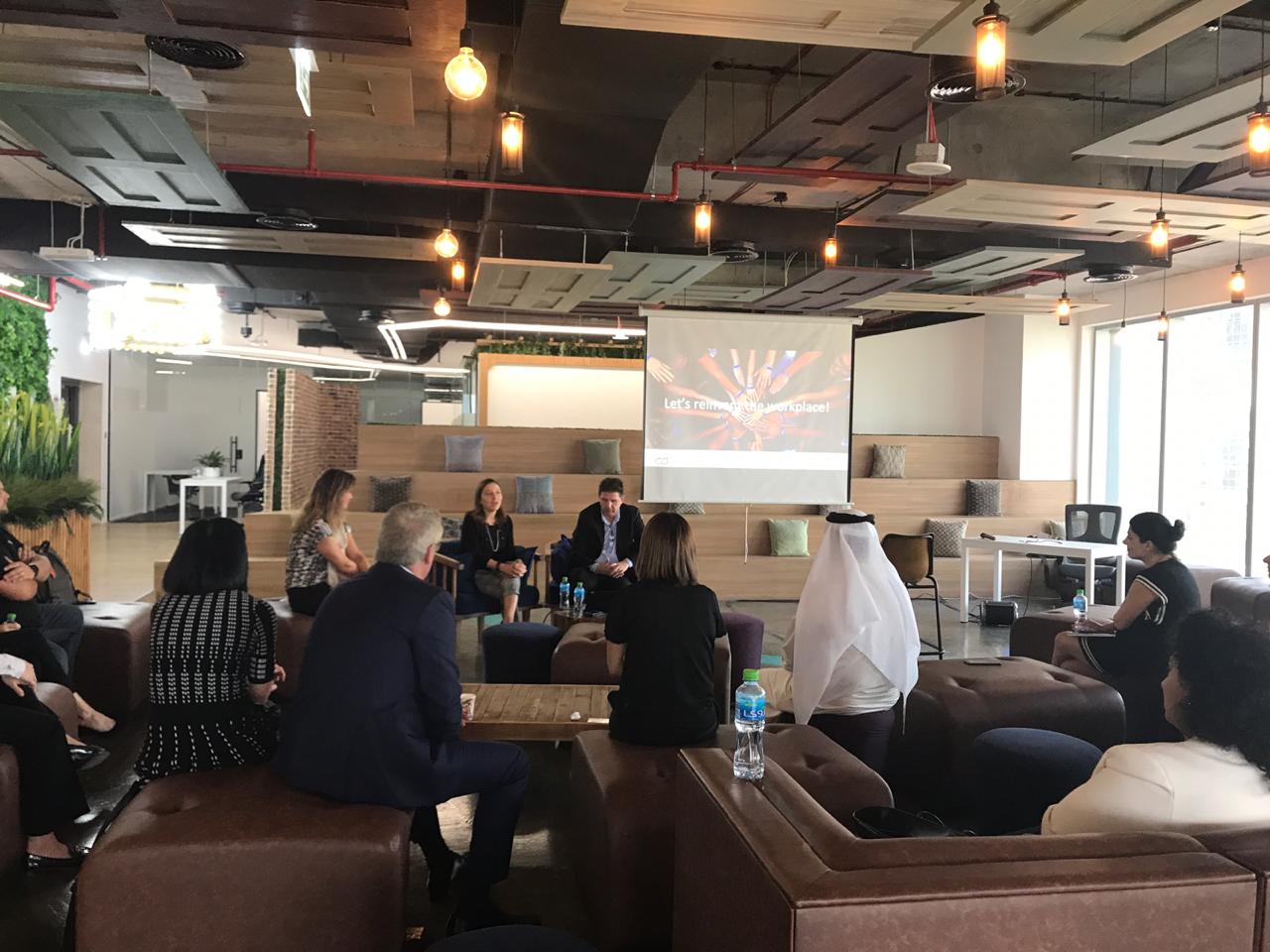
1: It’s not just about what you do, it’s about where you do it
Appearance matters. And so does structure, space, light and the myriad other qualities that make up the physical aspect of our office space.
We discussed how some big-name firms have recognised the importance of the work environment in fostering creativity and productivity. Audio technology firm Skullcandy, for example, has developed an ‘adaptive’ workplace with innovative desk space that can be easily slotted together in different ways – like puzzle pieces – to enable collaborative working between teams. Similarly, BMW has actually begun redesigning its work spaces to encourage the sort of ‘ad hoc interaction’ that it believes can boost creativity.
And sometimes, improving the work environment can be as simple as getting back to nature. Psychologists have said that simply introducing greenery into our offices can boost productivity by 15%. As human beings, we are not meant to live in between concrete walls.
2. Employees want to learn, and they’ll move on if the right opportunities aren’t being provided
One area in which businesses must do better is training. Continual growth, development and self-improvement are not nice-to-haves, but imperatives and if employers aren’t helping their talent to shape up, there’s a real risk they’ll ship out.
For this reason, businesses need to instigate a continuous learning culture that takes into account the whole workforce. Employers need to focus on what is important in order to survive in today’s world, especially given the way in which core competencies are changing as technology evolves.
Nobody wants to become obsolete.
With this in mind, it was agreed that much more thought must be given to what is actually achieved from the training provided, how it is experienced by those taking part and the return on investment for the business.
3: AI is a game-changer but humans will still be running the show
Undoubtedly, Artificial Intelligence (AI) is going to transform our workplaces. However, somewhat counterintuitively, one consequence of this will be a renewed focus on how much value the human touch can add. The workplace will become refocussed on things that will add value to the business and less on the things that can be handled by machines.
And AI is already informing the recruitment process. Unilever, in the U.S., recently introduced a three-stage recruitment process with the aim of boosting diversity. First, candidates were assessed by neuroscience games, then by an AI video interview. Only when they had made it to the third round would they be interviewed by a human. The result was that applicants went up from 15,000 t0 30,000, hiring time reduced significantly and the company was able to recruit from a wider geographic and socioeconomic pool.
However, while AI has the potential to greatly improve HR systems and processes, participants at the event agreed that because it is humans who are developing this technology there is a real risk that that even insentient programmes become infected by unconscious bias – something we need to be vigilant against.
4: HR needs to become more ‘customer-focussed’
One of the most important things to realise about digital transformation in HR is that it is not only about technology, it is about how you shift your culture, how you shift your mind-set and how you re-visit the way you do things inside your organization from your business practices to your HR processes. It is about putting more of a service mind-set into HR.
And there are three key principles to help guide this: The first is simplification. How do we simplify all the touch points with HR and make them smooth for the users?
The second is standardization. The HR functions of a business must be sufficiently standardised to allow them to scale but without losing the opportunity to personalize services and give users what they expect.
And the third, and perhaps most important principle, is consumer experience. It was agreed that the HR function should explore how it provides employees, internal customers and eventually external customers with the best possible service. And this encompasses everything from talent acquisition, to onboarding, to total reward, to development, succession and learning.
5: Steady jobs aren’t always the goal for this generation
We discussed the way in which working patterns are changing so much that now even the concept of the ‘job’ itself is having something of an existential crisis. Younger generations, particularly millennials, are increasingly interested in project assignments rather than working for a company permanently. This is a huge structural change – instigated in no small part by the gig economy – that could transform the nature of the workplace as we know it today.
6: Agile working needs to be made more meaningful to employees
Agile working is here to stay. However more needs to be done to make it resonate for employees.
Agility can be this very complex mindset that it is difficult to understand, or it can be something that is very simple from a commercial perspective and helps lead to business solutions. We need to help people not just talk the talk but walk the walk when it comes to agility.
One thing is for sure, our workplace is in a state of flux and the success (or failure) of businesses will be determined in no small part by the ability to adapt to pressures as varied as changing workstyles to the march of AI.
However, while many things are changing, some things remain the same, especially when it comes to attracting and retaining talent. At the most basic level, employees across all industries are looking for workplaces that can help them develop, give them all the resources they need to deliver and adequately reward them for their efforts. But in a sellers’ marketplace, it is finding ways to make your workplace stand out from the crowd in these areas that remains a perennial challenge.

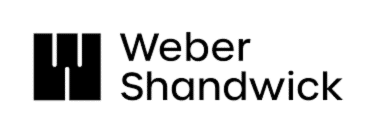


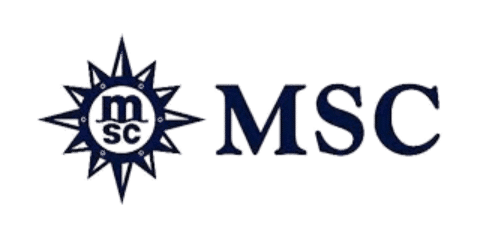






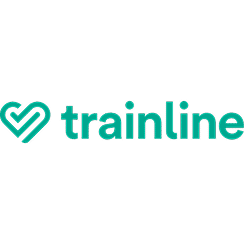

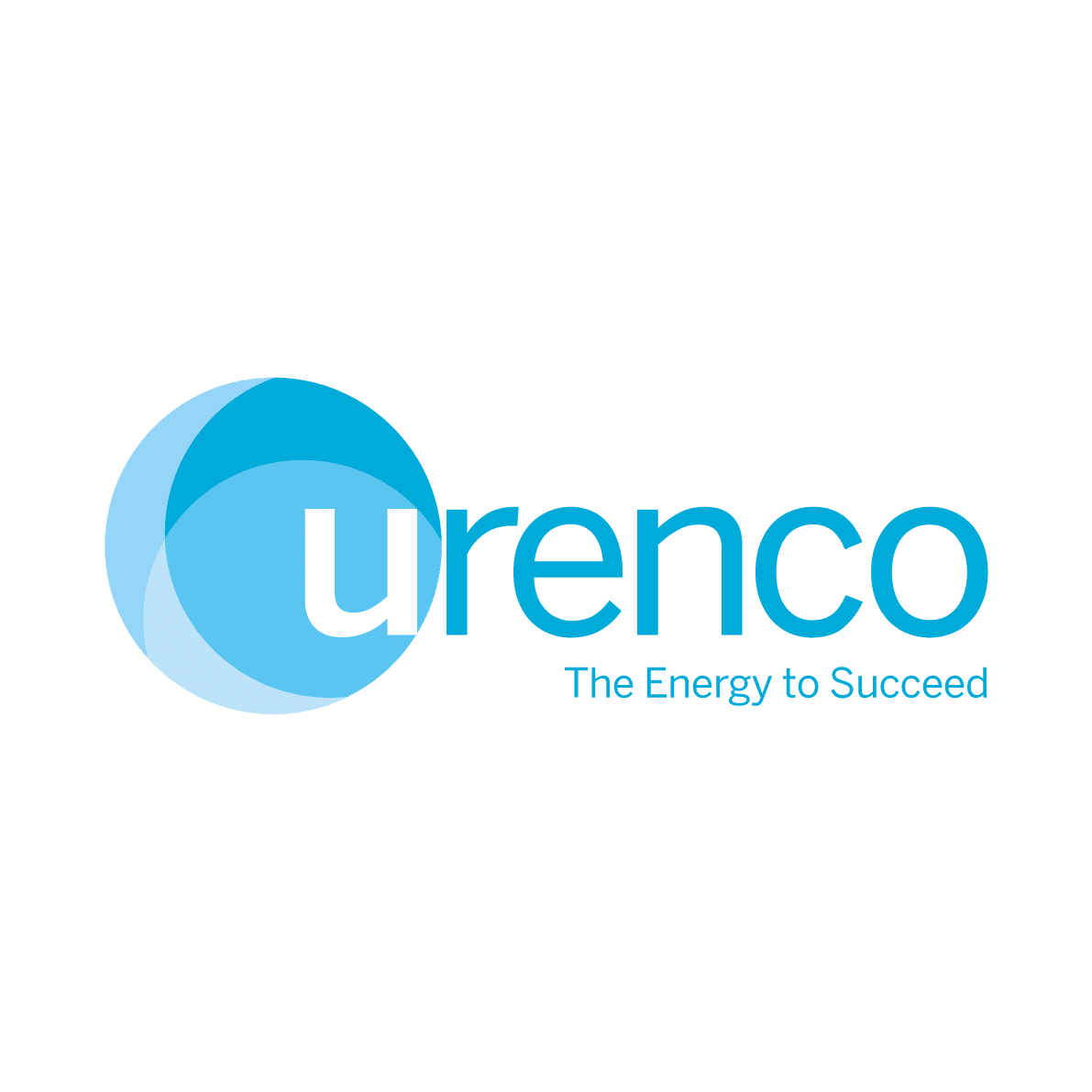
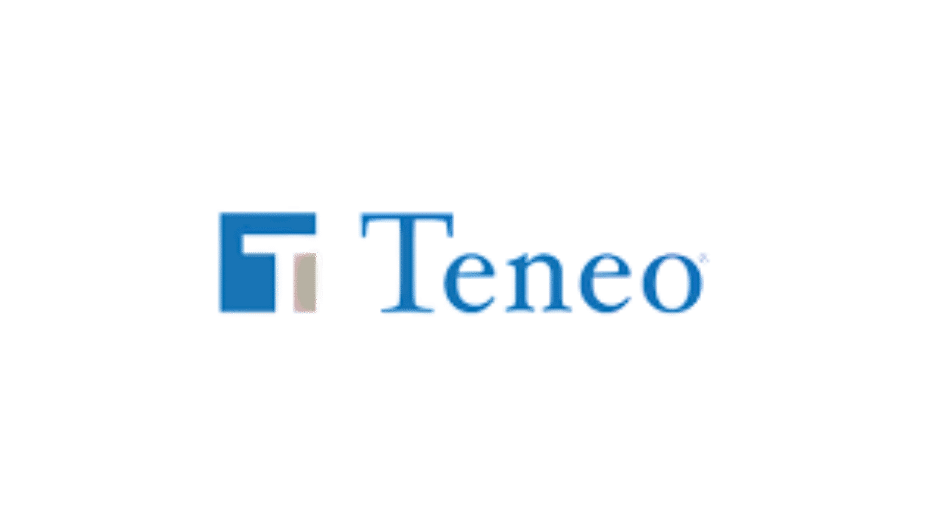





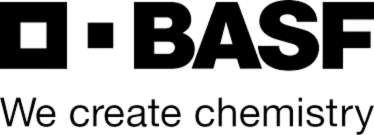





 Career Enquiry
Career Enquiry
